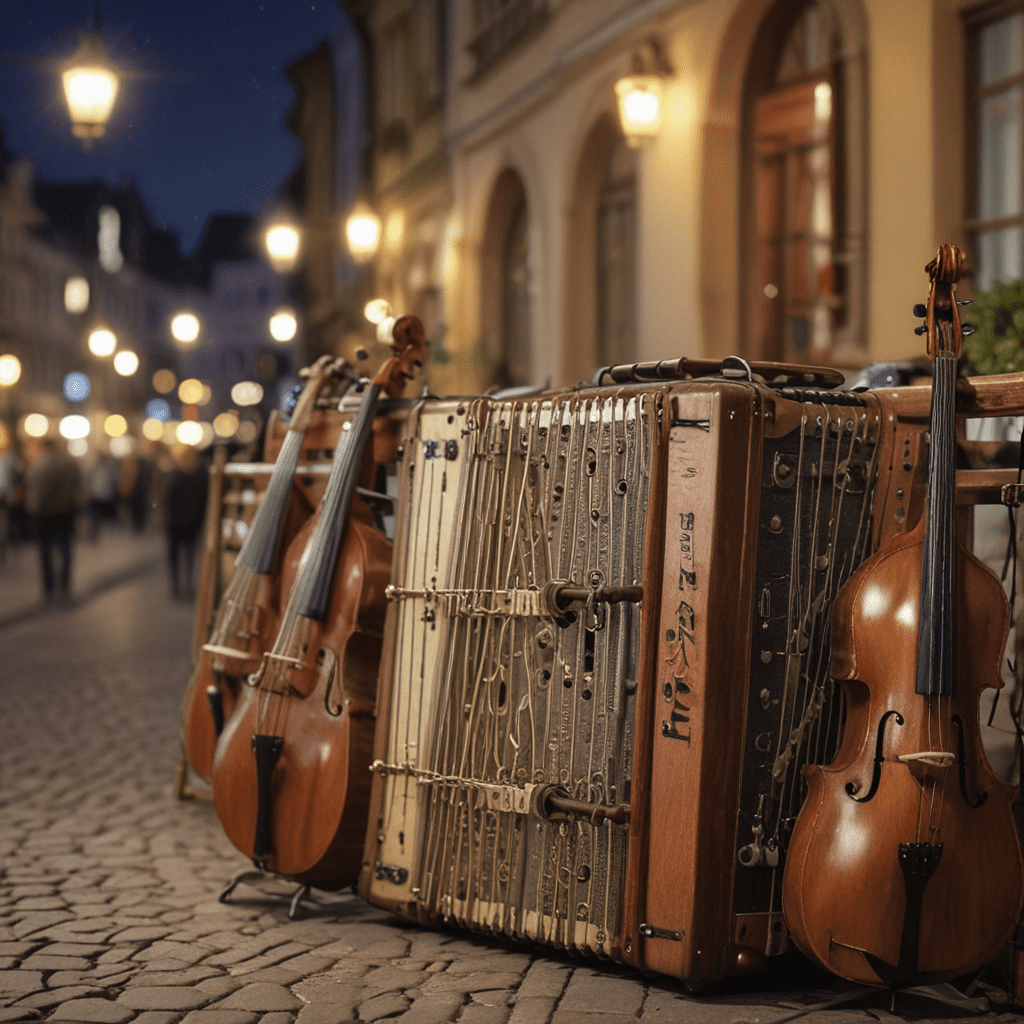
Traditional Austrian Music: A Symphony of Culture and Nature
Austria, nestled amidst the majestic Alpine peaks and picturesque landscapes, is renowned for its rich musical heritage. Traditional Austrian music, a vibrant tapestry of folk melodies and instruments, has played a pivotal role in shaping the nation's cultural identity. From the lively strains of folk dances to the haunting melodies of Alpine horns, traditional Austrian music captivates audiences with its unique blend of charm and authenticity.
Origins and History: Rooted in Tradition
The origins of traditional Austrian music can be traced back centuries, drawing inspiration from the folk traditions of various ethnic groups that settled within the region. Influences from Slavic, Bavarian, and Hungarian cultures have fused to create a distinctive musical landscape. Over the ages, musicians have passed down traditional melodies and techniques from generation to generation, ensuring the preservation of this cherished heritage.
Folk Music and Genres: A Diverse Tapestry of Sounds
Traditional Austrian folk music encompasses a wide range of genres, each with its own distinct character and regional variations. Popular genres include:
- Ländler: A lively polka-like dance music, typically played at weddings and festivals.
- Waltz: Originating in Vienna, the elegant waltz has become an iconic symbol of Austrian music.
- Volkslied: Traditional folk songs that often tell stories of love, loss, and everyday life.
- Jodler: A unique vocal technique that involves alternating high-pitched and low-pitched notes, often used in Alpine folk songs.
6. Accordion: A Defining Instrument
The accordion, an iconic symbol of Austrian folk music, has a rich history in the country. Known locally as the "Ziehharmonika," it is played by compressing and expanding the bellows to produce sound. The versatility of the accordion allows it to play both melody and accompaniment, making it a popular choice for traditional dance music.
7. The Zither: A Versatile String Instrument
The zither, a plucked string instrument, has a long tradition in Austrian folk music. Typically played with a quill, it produces a distinctive and melodious sound. The zither's versatility makes it suitable for a wide range of genres, from folk melodies to classical compositions.
8. The Alphorn: A Traditional Alpine Horn
The alphorn, a long, wooden horn, is a traditional instrument associated with the Alpine regions of Austria. Its unique, resonant sound carries over long distances, making it an essential tool for communication in the mountains. Alphorn playing is a skilled tradition, often passed down through generations.
9. Other Notable Instruments
In addition to the accordion, zither, and alphorn, traditional Austrian music features a diverse array of instruments, including:
- Hackbrett: A hammered dulcimer with a trapezoidal shape.
- Drehleier: A hurdy-gurdy with a distinctive buzzing sound.
- Gitarre: A traditional guitar with a smaller body and nylon strings.
10. Contemporary Interpretations and Revival
Traditional Austrian music continues to evolve in contemporary times, with musicians blending traditional elements with modern genres. Young musicians are reinterpreting traditional melodies and experimenting with new sounds, ensuring the vitality of this musical heritage. Additionally, there is a growing revival of traditional folk music, with festivals and workshops promoting the preservation of these ancient traditions.
FAQ
Q: What are popular traditional Austrian folk dances?
A: Ländler, waltz, and polka are popular traditional Austrian folk dances.
Q: What is the national instrument of Austria?
A: Austria does not have an official national instrument.
Q: Where can I experience traditional Austrian music?
A: Traditional Austrian music can be experienced at folk festivals, concerts, and traditional music venues throughout the country.

